In this article we will know the first christian symbols – in the Roman catacombs of the 2nd and 3rd centuries AD.
THE POST INCLUDES A VIDEO
This theme is developed in the Online Course: Iconography of the Saints.
Christian Symbols
The presence of symbols is common to various societies and religions.
The Christian religion brought forward the idea of materializing divinity, in continuity of the idea of the incarnation of God in![]() the figure of Jesus Christ, thus reversing the trend of an iconoclastic religion.
the figure of Jesus Christ, thus reversing the trend of an iconoclastic religion.
The idea of creating archetypes within the religion became understood as a form of paying homage to a particular religious figure, through its materialization.
This elevates its importance, unlike the previous thought that dictated that we should not veneer an object, such as a religious figure.
The first christian symbols
How do we know the first christian symbols
Before the year 313 AD, when Constantine legitimized the practice of Christianity in the Roman Empire, through the edict of Milan, the first Christians disguised their religious practices by using certain christian symbols .
These would help them identify each other and avoid the persecutions and martyrdoms.
The Roman catacombs
The Roman catacombs of the 2nd and 3rd centuries AD document the early centuries of Christianity, providing us with some important information about the first symbols used.
Based on reliefs found in the catacombs, we can observe that, for a long time, the most common symbols are the anchor, the trident or the ship, because it was easy to disguise a cross in these representations.
Catacombs of Domitilla
Symbols were found side by side with tombs, being the more common the following:
– monograms as the Chi-Rho or IHS,
– common representations that replace the cross, as the anchor or the ship,
Anchor, IV sec. d.c., Catacomb of Priscilla, via Salaria Nova, Roma
– the Good Shepherd,
– the figure of the Prayer (or Orans),
christian symbols Noah catacombe
– the Ichthus or Ichthys (the fish),

christian symbols in catacomb of Domitilla in Rome
-the peacock and the dove,
– the palm leaf or branch,
– vine branches with grape bunches,

christian symbols in Catacombs of Priscilla, IV sec. d.c.
-and, finally, though much later, the Cross itself.
Get to know the online courses
Part 1 – First notions
1. First notions: Icon, Iconography and Iconology
2. The evolution and definition of the Iconography as an area of study
3. The Panofsky method
Part 2 – Christian iconography
1 – Art and Christianity – the image as a vehicle for a message
2 – Graphic and written sources
3 – The first symbols of Christianity
Part 3 – Iconography of the Saints
1. Saints and martyrs: General aspects
2. Clerical vestments
3. Most veneered Saints: symbols and attributes

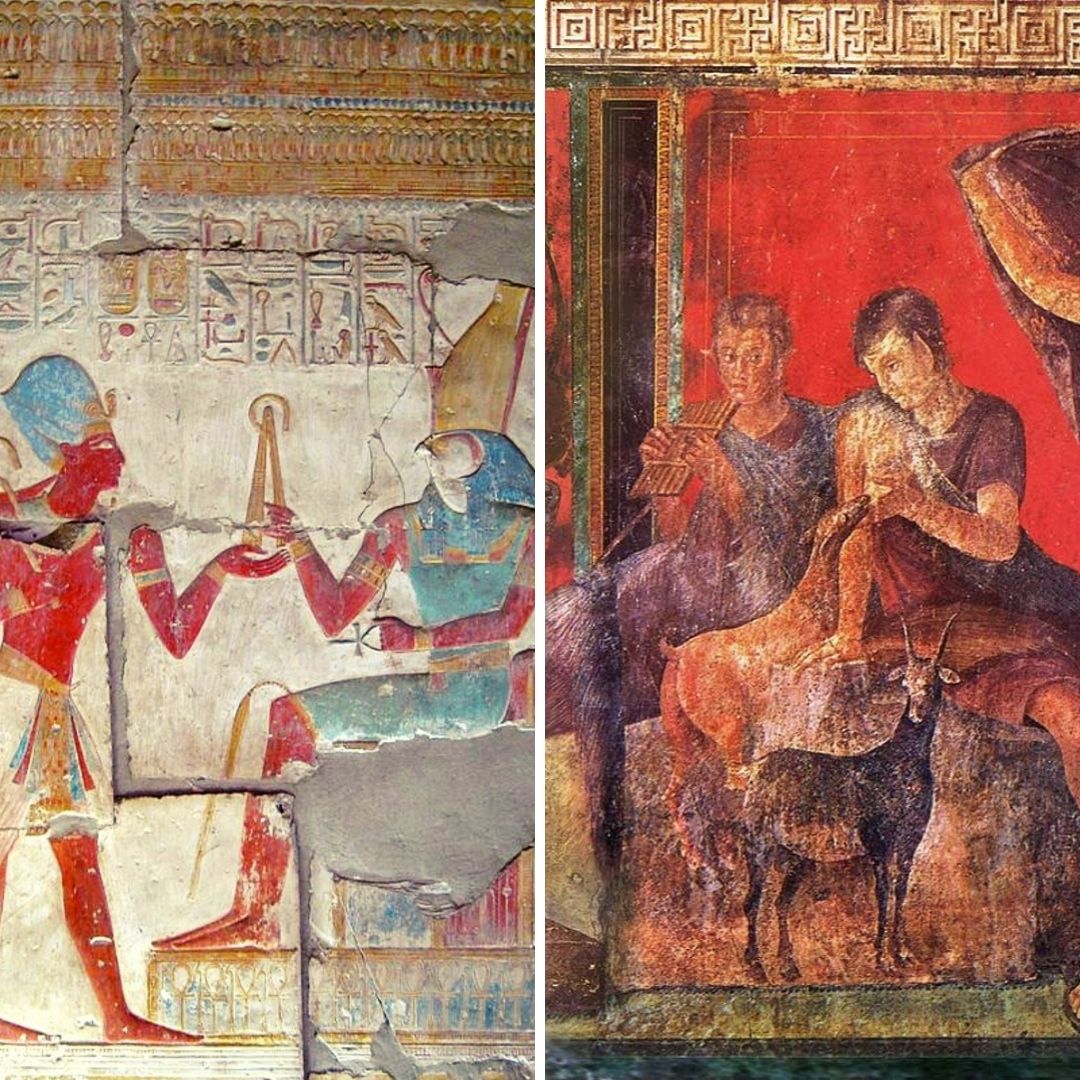
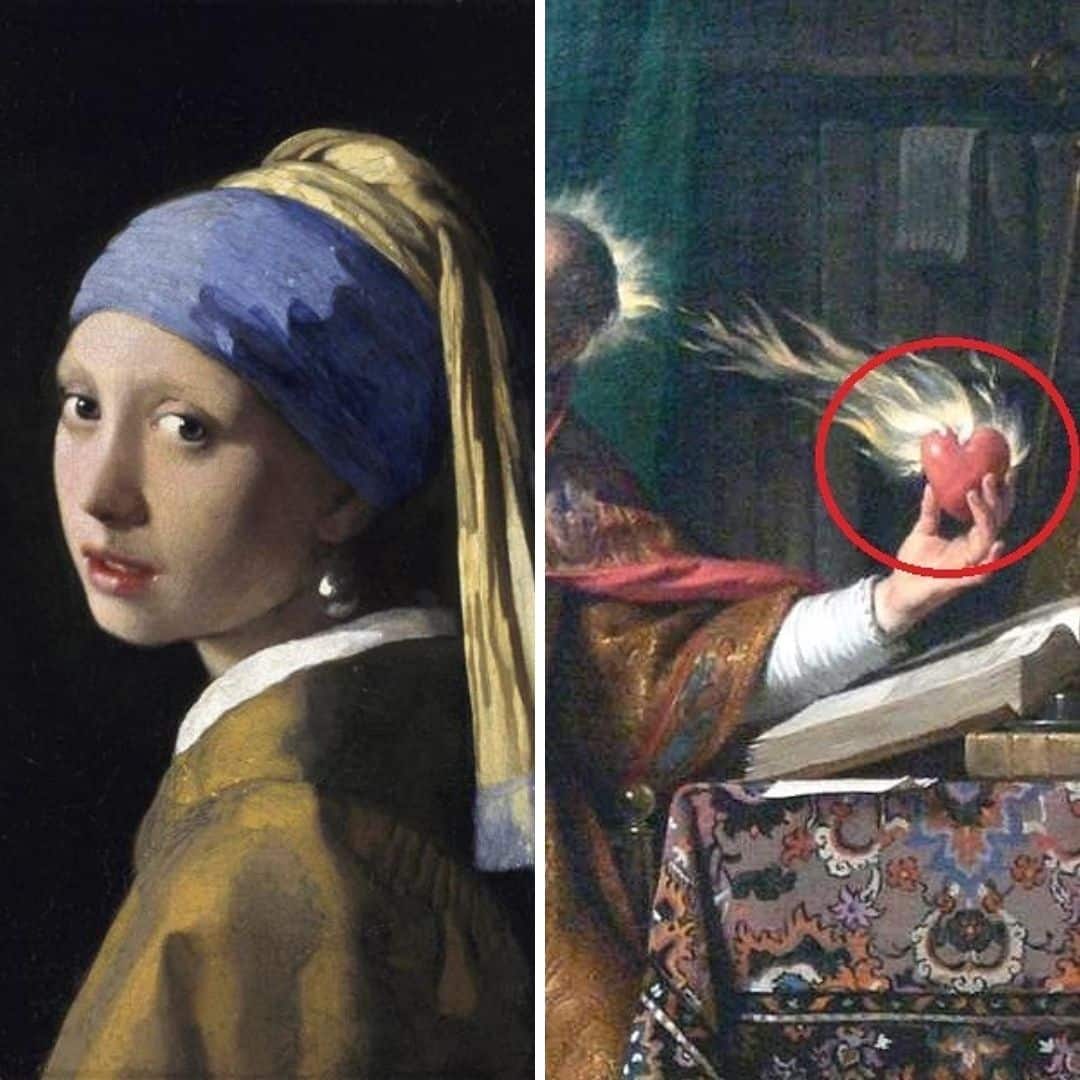
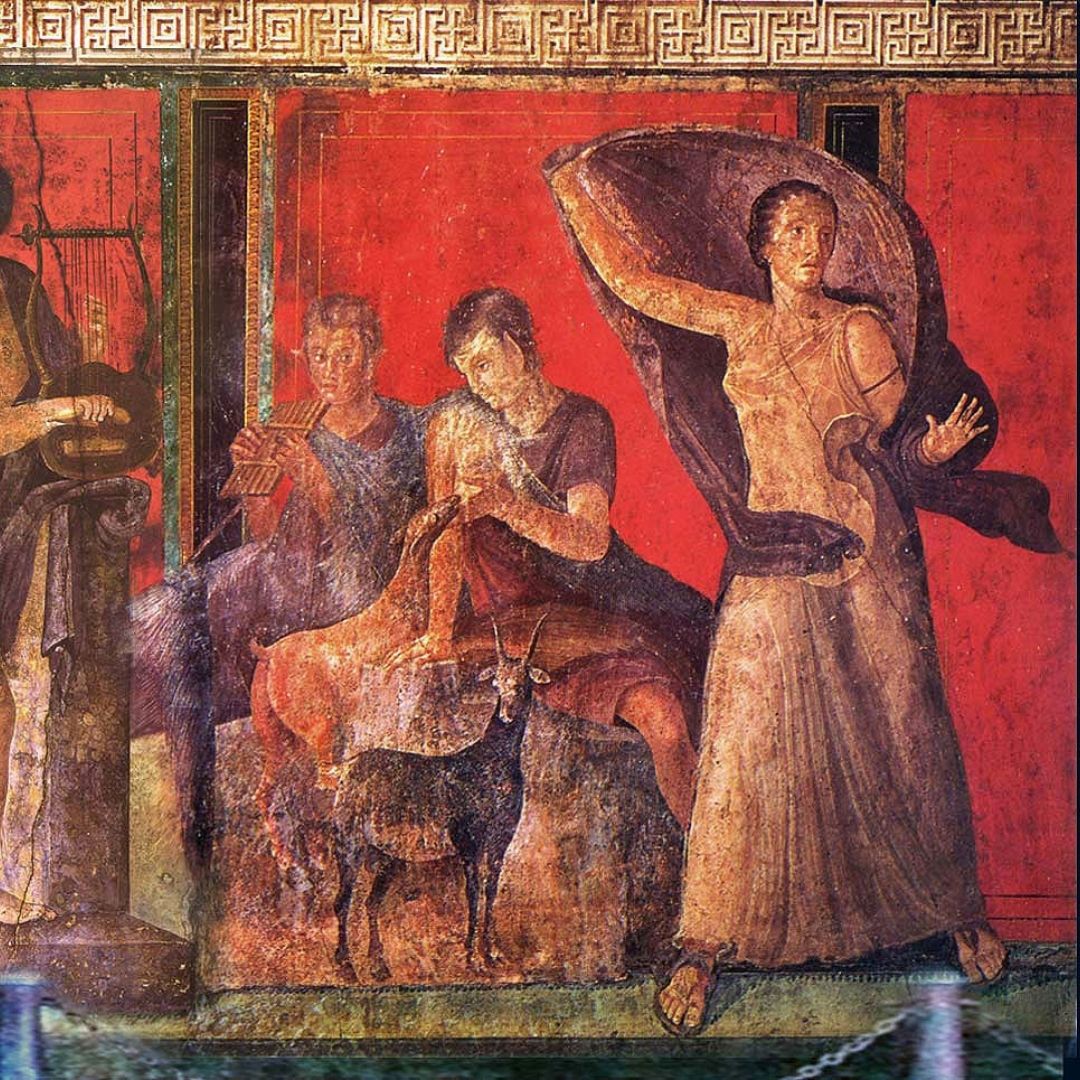


4 Comments.
This is a great tip especially to those new to the blogosphere. Short but very accurate info… Many thanks for sharing this one. A must read article!
It is best to take part in a contest for the most effective blogs on the web. I will suggest this website!
I am really enjoying the theme/design of your blog. Do you ever run into any internet browser compatibility issues? A number of my blog readers have complained about my website not working correctly in Explorer but looks great in Chrome. Do you have any tips to help fix this problem?
Fantastic site. Plenty of useful information here. I?m sending it to some friends ans also sharing in delicious. And obviously, thanks for your effort!